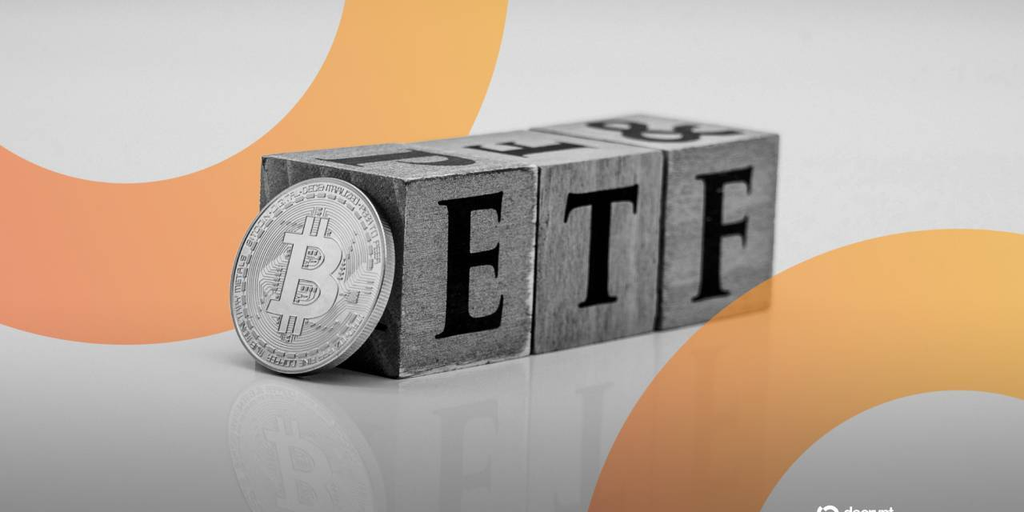IBIT Logs Record $523M Outflow as Bitcoin Slides to Seven-Month Low
BlackRock’s Bitcoin ETF saw a record $523M daily outflow and $1.4B over five days as BTC hit ~$89K. YTD flows still +$25B while Solana ETFs attract steady inflows.

Because Bitcoin
November 19, 2025
BlackRock’s iShares Bitcoin Trust (IBIT) just delivered a clean readout on crypto sentiment: a single-day $523 million outflow on Tuesday—the largest in the fund’s 22-month history—capping five straight sessions of redemptions. Across those five trading days, investors pulled more than $1.4 billion, the biggest consecutive-day stretch since launch. Context matters though: year-to-date, IBIT still sits on roughly $25 billion of net inflows, and it remains the largest spot Bitcoin ETF with over $73 billion in assets.
The tape is heavy across the stack. IBIT shares were down about 3.6% on Wednesday and have dropped more than 16% over the past month. The fund had previously been remarkably steady, avoiding outflows for nearly its first four months. Its earlier daily withdrawal record—$463 million—was set just last Friday, and it has only eclipsed $400 million two other times.
Bitcoin’s slide has been just as clear. BTC tagged a seven-month low near $89,037 and recently changed hands around $89,204—off more than 4% over the past 24 hours. The asset is now roughly 4% lower year-to-date, only six weeks removed from a record move above $126,000. Macro has been the drag: prolonged U.S. government shutdown impacts, persistent inflation worries, a grinding trade war, softening labor data pointing toward recession risk, and AI-driven capex weighing on big tech balance sheets have collectively tightened risk budgets.
Flows across the ETF complex echo the risk-off tone. Bloomberg’s Eric Balchunas noted that while IBIT’s year-to-date net inflows remain about $25 billion (sixth overall), Bitcoin ETFs have seen roughly $3.3 billion of outflows over the past month—about 3.5% of AUM. Fidelity’s Wise Origin Bitcoin Fund (FBTC) and Grayscale Bitcoin Trust (GBTC) shed more than $266 million and $146 million, respectively, over the last five trading days, although neither posted outflows on Tuesday. In total, the 11 U.S. spot Bitcoin funds oversee more than $130 billion.
One countercurrent: Solana products. The Bitwise Solana Staking ETF (BSOL) has recorded net inflows every day of its still-sub-three-week life and now manages about $611 million. On Wednesday, the 21Shares Solana ETF (TSOL) became the fifth SOL-tracking product to list on a U.S. exchange.
The market’s forward expectations reflect the mood shift. On the Myriad prediction market, participants currently put only a 28% chance on Bitcoin’s next significant move being a rally to $115,000 over a drop toward $85,000—a reversal from last week’s bias. That aligns with what we typically see when volatility rises: liquidity providers widen, retail de-risk, and institutions rebalance.
Here’s the piece of market structure that matters: spot Bitcoin ETFs act as sentiment accelerants during stress, but also as pressure valves. When outflows spike, authorized participants can redeem creation units in-kind or for cash. In-kind redemptions move coins off ETF balance sheets and into AP inventory, which can be warehoused or dripped into OTC venues. That may reduce immediate on-exchange sell pressure, but it still tightens available liquidity and can weigh on price via risk premia. The reflexivity works both ways—renewed inflows can quickly flip the flow-through into net accumulation without forcing retail to custody coins.
Despite the near-term pain, the ownership base continues to institutionalize. In a recent filing, Harvard University raised its IBIT position to 6.8 million shares (about $442 million) from 1.9 million shares. And recall: in June, IBIT reached $70 billion in inflows faster than any ETF in the industry’s 32-year history. That adoption curve underpins why the product remains the liquidity hub for Bitcoin exposure, even as daily prints oscillate.
What I’m watching: - Do outflows taper as macro headlines cool, or do we see a second wave as month-end rebalancing hits? - Creation/redemption mix: more in-kind redemptions tend to mute exchange impact but signal tighter OTC balance sheets. - Spread dynamics: premiums/discounts versus NAV and any dislocations across issuers. - Rotation risk: sustained inflows into SOL funds suggest a cross-chain risk shuffle rather than a blanket crypto de-risking.
Investors often over-index to the ugliest day. The last month’s $3.3 billion in outflows equals around 3.5% of Bitcoin ETF AUM—painful, but not a structural break. The bigger question is whether macro stabilizes fast enough to re-open the inflow channel that IBIT has historically dominated.
